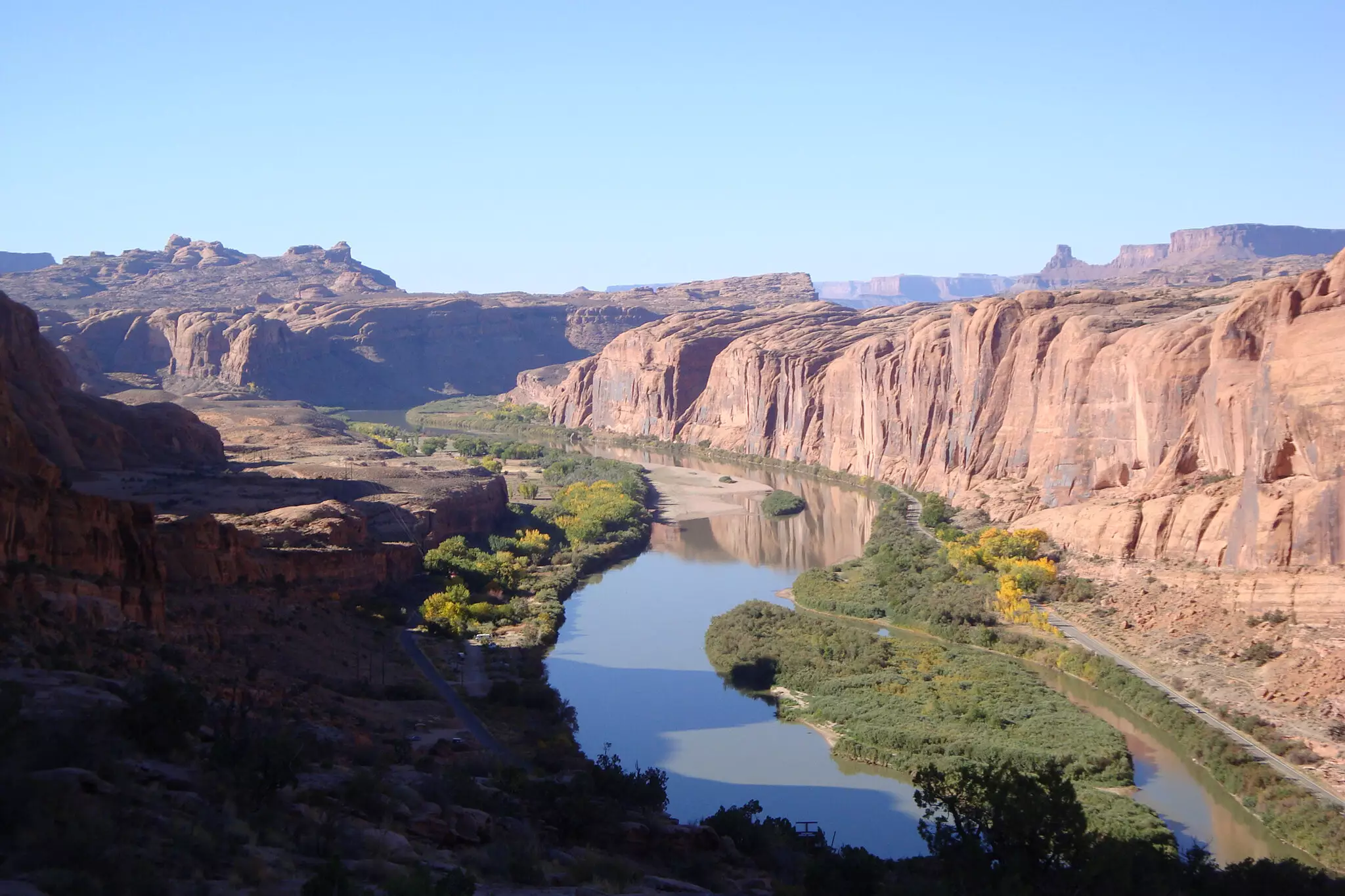As the Western United States grapples with the deadly combination of climate change and prolonged drought, the Colorado River has emerged as a critical lifeline. Its waters sustain millions of people and vast agricultural industries across seven states, making effective management of this resource crucial for future generations. However, the increasing pressures on this waterway signal that traditional methods of planning and management need to evolve. A novel computational framework, developed by researchers at Penn State University, aims to provide policymakers and planners with the tools necessary to envision and navigate an uncertain future.
The Framework for Narrative Storylines and Impact Classification (FRNSIC)
At the core of this initiative is the Framework for Narrative Storylines and Impact Classification (FRNSIC). This innovative tool allows researchers and decision-makers to account for a myriad of potential future scenarios regarding water availability and regional climate impacts. Unlike traditional models that limit themselves to a few anticipated scenarios—often overly simplistic in their assessments—FRNSIC leverages exploratory modeling to simulate a vast matrix of plausible future conditions. By offering this enhanced perspective, FRNSIC encourages more nuanced and informed decision-making.
Antonia Hadjimichael, the lead author of the study and assistant professor at Penn State, highlights the necessity of scenario planning in the face of uncertainty. According to Hadjimichael, planners often find themselves making decisions based on incomplete or overly generalized predictions about climate and water needs. The result? Strategies that may fail to address the complex reality of regional water resource challenges.
Bridging the Gap: Complexity and Actionability
Existing methods for modeling future scenarios often fall into two extremes: simplistic approaches that outline a few potential futures, and complex exploratory modeling methods that generate an overwhelming amount of data. Hadjimichael and her team aimed to find a middle ground—one that respects the intricacies of the situation while remaining accessible.
“We wanted to create something that bridges the two—considering the complexities but also boiling it down to something that’s a little more actionable and a little less daunting,” she explains. FRNSIC seeks to demystify the decision-making process, allowing stakeholders to focus on the storylines that bear the most significance for them, rather than getting lost in a sea of data.
FRNSIC operates on the principle that stakeholders involved in water resource management each have unique concerns and priorities. The tool categorizes potential futures based on the specific impacts they may have on different groups—be they large commercial farms or small-scale agricultural operations. This multifaceted approach emphasizes the importance of understanding diverse viewpoints in collaborative decision-making.
For example, a vegetable farmer may have distinctly different priorities compared to a vineyard owner. Both face the same overarching challenge of water scarcity, but their specific needs and objectives may vary significantly. As Hadjimichael points out, “It’s hard to use a single factor to find out scenarios that would make us all happy, or make us all unhappy.” FRNSIC thus acts as a compass, highlighting which scenarios demand immediate attention from particular stakeholder groups.
The practical applications of FRNSIC extend beyond simply generating data; they pose essential questions regarding resource management and sustainability. Decision-makers can utilize the scenarios produced by FRNSIC to explore how different interventions might impact the Colorado River basin’s future. This capability is especially critical as water availability becomes increasingly uncertain.
Policymakers can examine how drought conditions may shift with varying population changes and adaptive infrastructure, ultimately informing negotiations and stakeholder engagement. By utilizing compelling storylines generated by the tool, they can facilitate deeper discussions that account for the interconnected nature of water management challenges.
As climate change continues to profoundly impact water resources in the Western United States, innovative solutions like FRNSIC become more critical than ever. By melding complex data with actionable insights, this new framework empowers decision-makers to confront the uncertainties of the future more effectively. It fosters collaboration among diverse stakeholders and promotes a more comprehensive understanding of the multifaceted challenges posed by water scarcity.
The story of the Colorado River basin serves as a microcosm for broader global water management issues. The ability to navigate the complexities—and tailor strategies to meet the diverse needs of stakeholders—may prove essential as society scales the daunting heights of water security in the face of climate change. Ultimately, through adaptive frameworks like FRNSIC, we can hope to operate with foresight and resilience in our vital pursuit of sustainable water management.


Leave a Reply